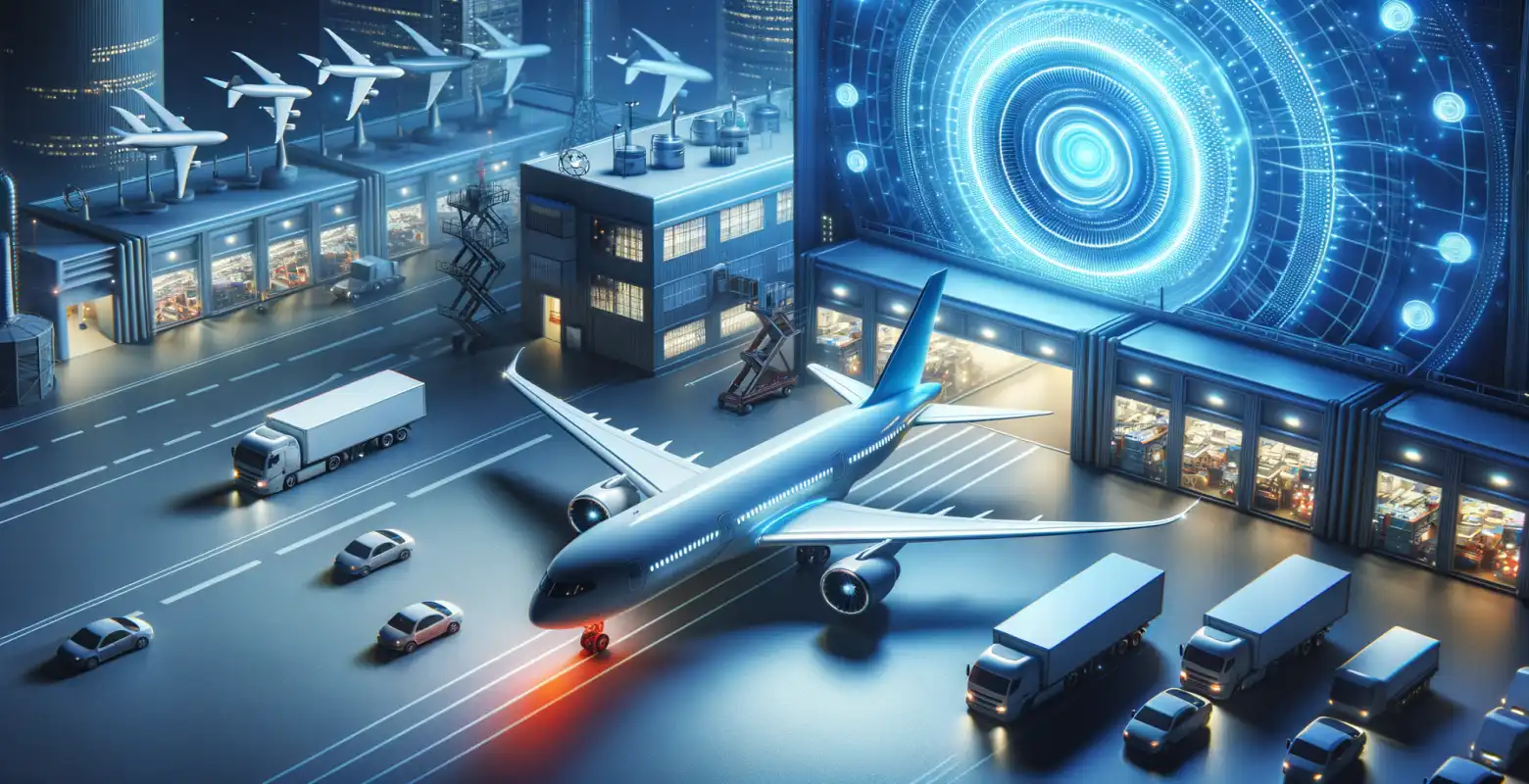Autonomous aircraft - where are we on the road to full automation?
Introduction
Over the past few decades, aviation technology has undergone tremendous changes, including the development of automation systems that are beginning to change the way we think about air travel. Autonomous aircraft, although still in development, represent the future of aviation, promising increased safety, efficiency, and cost-effectiveness. In this article, we will take a closer look at the current state of autonomous aircraft, their potential benefits, the challenges that need to be overcome, and future trends that could revolutionize the aviation industry.
Current State and History of Autonomous Aircraft
The history of autonomous systems in aviation dates back to the 1920s when the first autopilots appeared. Modern automation systems, such as autopilots, have been used in commercial passenger flights since the 1970s, but these systems still require pilot supervision. The recent decades have brought significant advances in artificial intelligence and data processing, opening the door to more advanced automation.
Technologies are currently being developed that could lead to fully autonomous aircraft. Companies such as Boeing and Airbus are investing in research on systems that would allow for human-free flights. In 2019, Airbus conducted successful tests of an autonomous taxiing, takeoff, and landing system.
Advantages of Autonomous Aircraft
Autonomous aircraft can bring many benefits, primarily improving flight safety. Computer systems are less prone to human errors, which are the cause of most aviation accidents. Introducing autonomous systems can also increase operational efficiency by optimizing flight routes and reducing fuel consumption.
Additionally, autonomous aircraft can revolutionize cargo transportation, enabling flights to less accessible regions and reducing operational costs. This, in turn, can contribute to the development of the global economy.
Technological and Regulatory Challenges
Despite rapid technological advancements, autonomous aircraft face many challenges. One of the key issues is ensuring that AI systems can react in emergency situations that may be difficult to predict. It is also necessary to ensure an adequate level of cybersecurity to protect aircraft from hacker attacks.
Legal regulations are another crucial factor. Current aviation regulations require the presence of pilots on board, meaning that international rules will need to be adjusted to the new technological realities. This process can be lengthy and complex as it requires consensus among many countries and organizations.
Future of Autonomous Aircraft
The future of autonomous aircraft is promising but full of challenges. Over the coming decades, we can expect a gradual integration of autonomous systems in aviation, starting with applications in cargo and military flights and then moving on to passenger flights.
As technology advances and legal regulations are adapted, autonomous aircraft may become the standard in the aviation industry. This progress could lead to a significant transformation in the way we travel, opening up new possibilities for the aviation industry and passengers.
Summary
Autonomous aircraft represent an exciting vision of the future of aviation, promising increased safety, efficiency, and comfort in travel. Despite numerous technological, regulatory, and social challenges, progress in this field is inevitable. As technology develops and society adapts to new possibilities, autonomous aircraft may become an integral part of our lives. For the aviation industry, this signifies a new era of innovation and transformation that can bring benefits to both passengers and the global economy.






Number of comments: 0